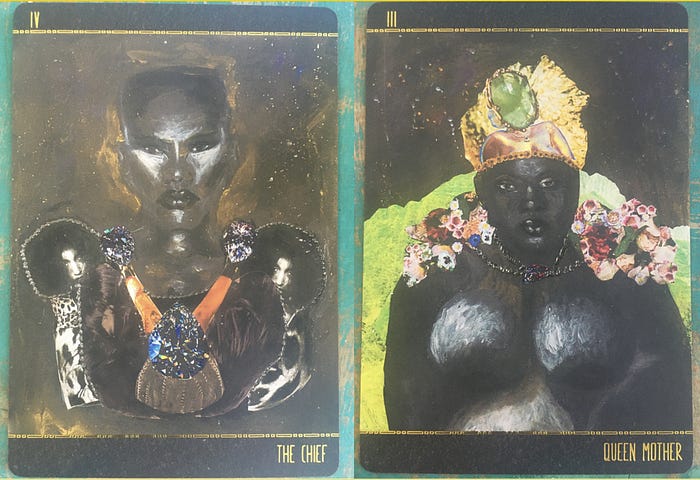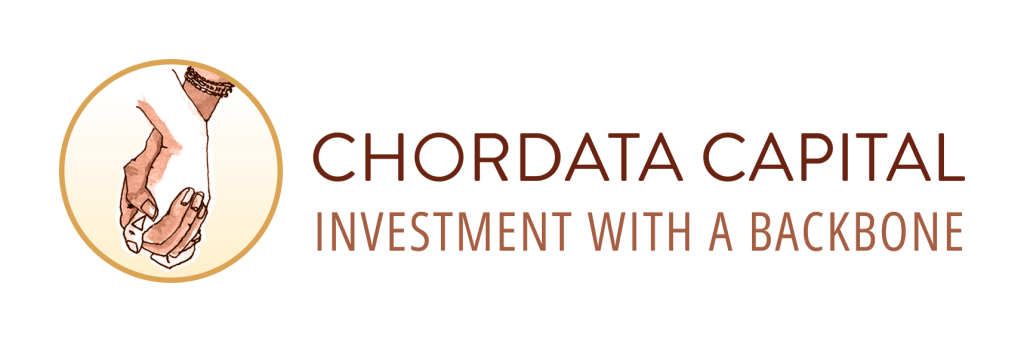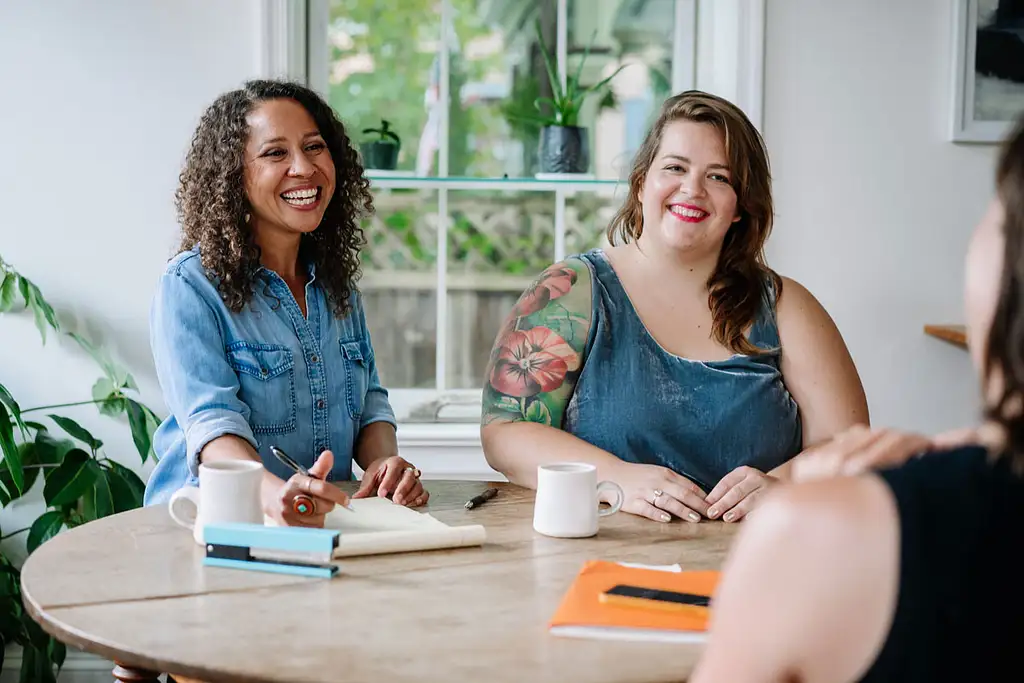Taking a Loving Warrior Stance and Investing in Black Liberation
By Tiffany Brown
We have been in a loving warrior stance. The weeks that built up to the murder of George Floyd, with the horrific backdrop of the shooting of Ahmaud Arbery, we were already in the midst of yet another fight against the white supremacy and patriarchy that is entrenched in our financial system.

I have found myself playing back and grieving many of the past racist experiences that I’ve had as a Black woman. Sometimes they would just sneak up on me. We were in the final stages of coordinating a divestment letter and action in response to institutionalized racism, sexism and white male supremacy and it was bringing up so many memories. Then on May 27th, the letter for our divestment action was half way crafted, and we learned that yet another Black person was taken down violently by racism.
After we sent off our divestment letter and pulled over $3M in investments, I spent the next four days, as protests erupted across the country, feeling sick, trying to recuperate from the pain of what it is to always be fighting. The loving warrior stance doesn’t always give room for the tremendous grief and horror unravelling before us.
As I was stuck in bed, trying to regain strength, it dawned on me that this is all the same beast. I had just listened to Jessica Norwood’s powerful post on Facebook about her response to white people asking her about what to do in this moment. The punchline is that white people need to listen to Black people, and if they have to ask now, they aren’t ready to take the stand and act for the kind of justice that’s needed. Black people have been saying for decades and decades what’s needed. That’s why so many of us are tired, sick, or dying by the hands of police or white vigilantes.
We already know that the racial wealth divide was intentional, and it intentionally created poverty and dependence. Black people weren’t allowed to thrive, weren’t allowed access to home loans through the GI bill, were systematically denied access to other lines of lending for business due to credit (a racist system in and of itself), weren’t allowed to vote, have been blocked from voting in many ways after the Voting Rights Act, were criminalized through violations of Black Codes that penalized/jailed you for not having a job (which would be for a white employer in Jim Crow), Blacks were forced into labor in Jim Crow through their incarceration, then the “Justice System” found myriad other ways to criminalize Black bodies with “Black Crime,” building a free labor force through the imprisonment of Black people, not to mention all of the laws that block felons from reentering society with jobs, voting and housing. The blowback from all of this has been trauma! I think of the consequences of poverty: diets that don’t help one thrive, substance abuse, mental health issues. And again, personally, I’ve seen this in my family. There are many ways to kill a people.
So this racism conversation that we are now having nationally, rooted in the senseless killing of Black people, that’s the tip of the iceberg. I think that many of us Black people are feeling depressed, lethargic, and a deep sense of grief. We’ve already been trying to fight the violence of racism that we have felt in so many different ways. The killing of all of our Black sisters and brothers is senseless, but it’s been coordinated. And so when I hear of another Black person killed, I want to see it for what it is: this is structural racism that will not stop until we build systems that actually love Black and Brown bodies (again, Jessica Norwood — her words).
We wanted to offer our community some ways of resourcing systems that love Black and Brown people, and some ways for white and non-Black people of color to step into deeper antiracist practice. We want to invite you into six core practices of Chordata Capital. This backbone of strategies can support investment in Black liberation. We invite you to center the leadership of Black women, shift your investments, divest from wall street, give more money, work towards repair and come into community.
6 ways to Invest in Black Liberation
1: Center the leadership of Black women who embody the loving warrior stance and are building the Solidarity Economy.
- Follow the visionary leadership of Jessica Norwood, Nwamaka Agbo, Lillie Allen, Nia Umoja, Erin Dale Byrd, Anasa Troutman, Konda Mason and Nina Robinson!
2 : Move money, through grants or investments or integrated capital strategies, to Black-led solidarity economy projects, mutual aid networks, and financial institutions.
- Invest in Hope Credit Union in the Mississippi Delta, which has a Transformational Certificate of Deposit
- Give to Highlander Research and Education Center, they are a part of a Black-led coalition that is raising a $10 million Southern Power Fund
- Give and invest in Higher Purpose Co
- Give and invest in Runway Project
- Give and invest in local Black-led businesses, coops, individuals and organizations. Give to mutual aid projects that support Black communities — check out New Economy Coalition and A People’s Orientation to a Regenerative Economy.
3: Give and give more!
- Make multi-year (at least 3 year) commitments to funding Black-led organizing for justice. Let organizations know who you are and how long they can count on your support. Check out the Movement for Black Lives (M4BL) network, Solidaire’s Aligned Giving Strategy, and social justice community foundations.
4: Divest entirely from Wall Street. Wealth accumulation on Wall Street is dependent on the use of extreme violence to extract resources from poor communities and communities of color. Move as much money as possible out of the stock market.
5: Get clear about where your money comes from and what repair could look like!
- Learn about the history of wealth accumulation in this country. Learn from United for a Fair Economy’s Boosts and Blocks timeline, Peoples Hub, and the 400 years of Inequality timeline.
- Locate your own story and your family’s story in these histories. Where was your family able to access land, wealth or power at the expense of others? Where is there opportunity for repair?
- Come out of isolation, and talk about these histories with your family and people in your life.
- Part of the work of repair is coming in to community. You cannot do the work of repair by yourself in isolation. A crucial part of the repair is building relationships.
6: Build real relationships, break out of isolation
- Commit to personal practices so you can stay accountable and stay in relationship through difficulty and discomfort. Explore journaling, meditation, prayer, ritual, and building altars. For more ideas, check out the work of Be Present, Yeye Luisah Teish, adrienne maree brown, Irresistible Podcast, and Generative Somatics.
- As Beth Pickens says, anger isn’t action and misery isn’t solidarity. Real relationships create an opportunity for ongoing accountability. The internet is not going to hold you accountable. Posting on social media is a start but it is not going to redistribute wealth and power. Building real connections with people and communities organizing for justice will support you in showing up for movements in the years to come. These relationships can offer loving accountability. You do not need to do this work alone! And you cannot do this work alone. Build real relationships and join organizing for justice.
- If you’re a white person looking to deepen your anti-racist practices join SURJ, Catalyst Project, or local organizing for racial justice.
- If you’re a wealthy person join Resource Generation or Solidaire.
- For people of color and white folks check out local groups building the solidarity economy, like New Economy Coalition and the Solidarity Economy US map.
- If you are a Black person, we are sending you love and solidarity. If you’re looking for community you can check out M4BL, BOLD and Resources for Black Healing.
If you are a person with wealth and ready to shift over $2 million to investments in racial and economic justice, reach out to us at team@chordatacapital.com or find a time with us using this link. If you’re looking to shift between $500k and $2 million please fill out this form.
This article should not be construed as investment advice, please talk with a financial professional to make sure these recommendations work for you and your own individual financial situation.




